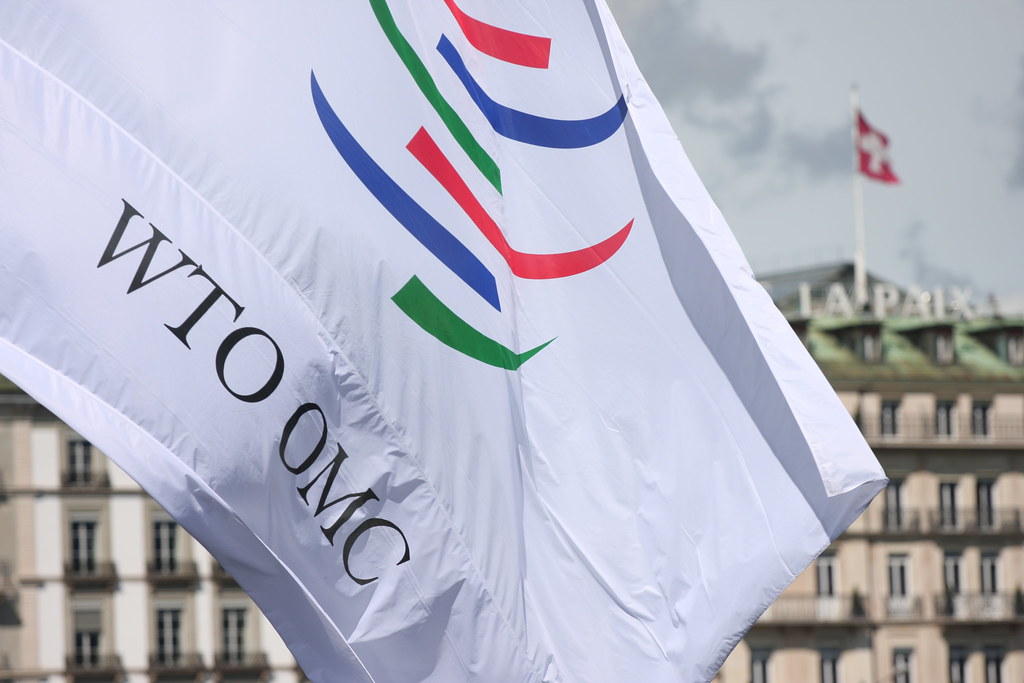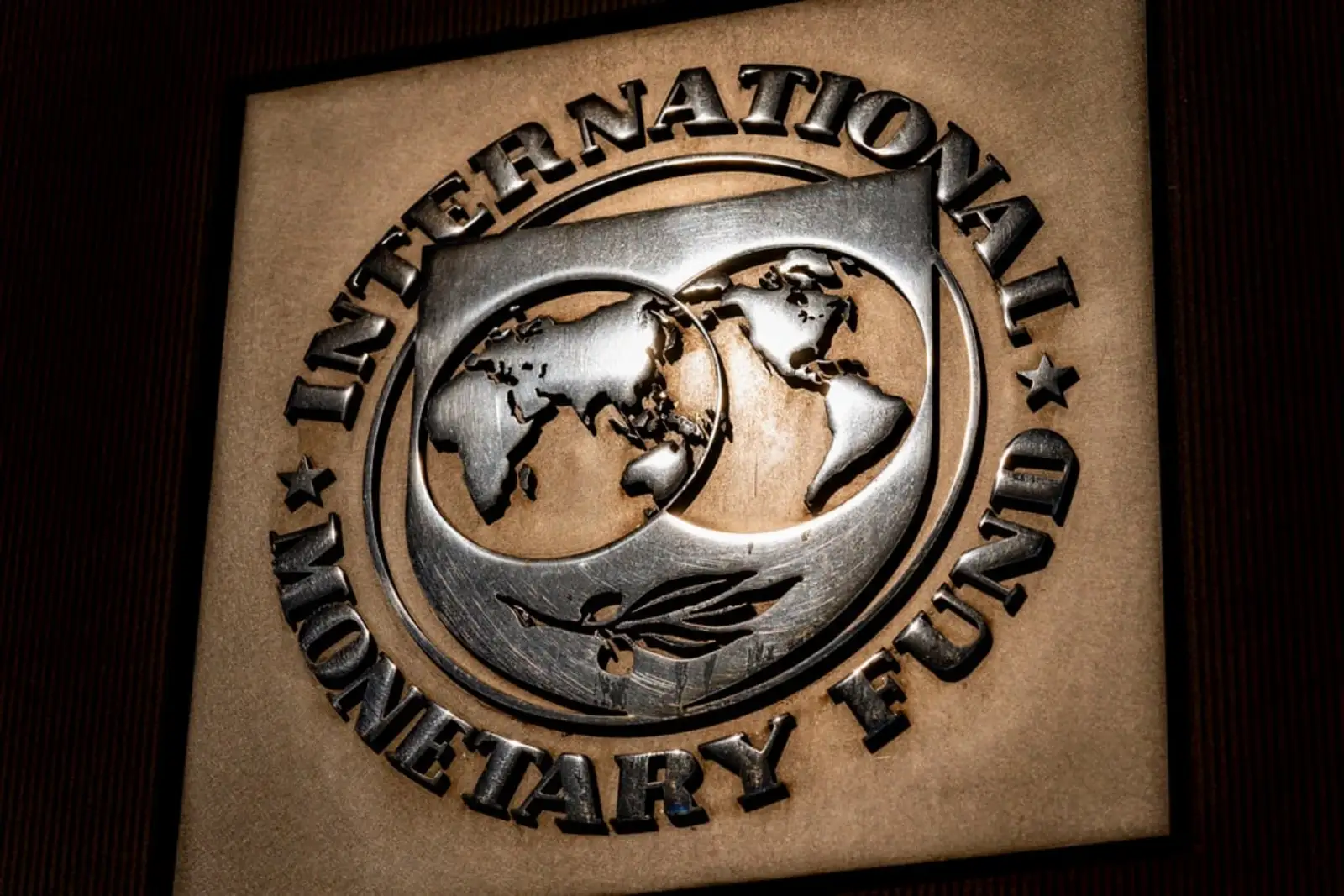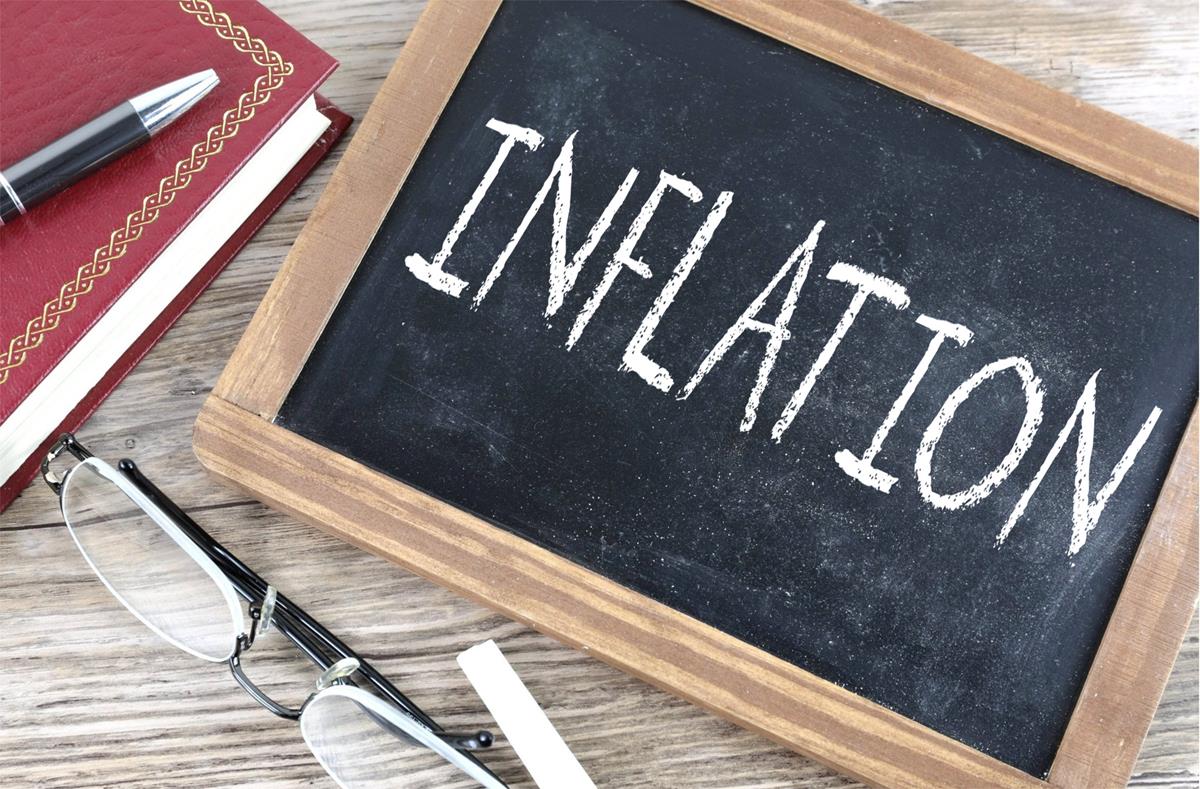In the quiet corridors of Geneva, where polished shoes echo in marble-floored institutions, a storm is brewing. Not of thunder or rain, but of something more subtle and far-reaching: the erosion of global trade.
This week, the World Trade Organization (WTO) released a chilling revision to its forecast for 2025. What was once expected to be a year of recovery has now been reshaped into one of retreat. The numbers tell one story—but the people, the businesses, the workers behind those numbers, tell another.
From Optimism to Uncertainty
In October, the WTO had painted a hopeful picture, anticipating a 3.0% expansion in global merchandise trade for 2025. But optimism doesn’t survive long in an atmosphere of uncertainty. Fast forward to April, and that growth has been slashed—not just reduced, but reversed.
Global goods trade is now expected to shrink by 0.2%. A contraction, not growth.
To the average reader, this may sound like another economic statistic, meant for analysts and economists. But in truth, it impacts all of us—from the office worker in Nairobi whose company imports electronics, to the farmer in rural Punjab whose fertilizer prices rise because of supply chain interruptions, to the dock worker in Brazil whose job depends on the movement of cargo ships.
This is more than trade. This is life.
The Ripple of a Tariff
Much of the downturn, according to the WTO, is being driven by aggressive trade policies, particularly from the United States under former President Donald Trump. Duties on steel, cars, and broad categories of imports have reignited a trade war with China, creating waves of retaliatory tariffs.
While political leaders talk of protecting domestic industries, the world beneath them—small businesses, workers, and consumers—feels the cost.
Imagine being a small manufacturer in Vietnam, relying on U.S. buyers. Or a tech startup in Kenya needing imported components from China. When tariffs rise, prices go up. Orders slow down. Margins shrink. Layoffs happen.
And it’s not just about the goods themselves. The entire ecosystem suffers—logistics, packaging, warehousing, and even service sectors like finance and travel feel the tremors. The WTO predicts services trade, including travel and transport, will grow far slower than expected in the coming years due to reduced demand linked to goods trade.
The Domino Effect of Decoupling
Perhaps the most ominous warning came from WTO Director-General Ngozi Okonjo-Iweala, who spoke with visible concern about the possibility of the United States and China economically decoupling.
A complete unraveling of trade ties between these two economic giants wouldn’t just hurt them—it would shake the entire planet. According to WTO projections, trade between the U.S. and China could decline by 81%, and without a few exemptions like smartphones, that figure could have hit a shocking 91%.
This isn’t just about macroeconomics—it’s about dividing the world into economic camps, where countries are forced to choose sides, alliances are rewritten, and global cooperation becomes a relic of the past.
Ngozi warned that in such a fragmented world, global GDP could shrink by 7% over the long term. That’s not just a big number. That’s millions of jobs lost, infrastructure projects shelved, healthcare and education budgets slashed, and human development delayed across generations.

The Broken Compass of Global Trade
One of the WTO’s internal assessments called it outright: “Forecasting a credible baseline scenario has become virtually impossible.”
We now live in a world where trade policy is unpredictable. Where multilateral agreements are sidelined in favor of bilateral deals, negotiated behind closed doors, with terms that can change at the next press conference.
And in this new world, who suffers most?
Not the large corporations with legal teams and lobbying power. Not the politicians insulated by influence. But the everyday worker, the family-run business, the importer with a narrow profit margin, and the consumer watching prices rise and choices shrink.
A Chance to Rethink
But amidst this troubling outlook, there is an opportunity—not just to react, but to rethink.
What if this moment, grim as it may seem, is also a chance for developing nations to invest in self-sufficiency and strengthen regional trade ties?
The WTO highlighted that disruption in U.S.-China trade could open up opportunities for other countries. For example, Chinese exports may increasingly shift toward regions outside of North America. Similarly, other developing economies could step in to supply the U.S. in industries like textiles, electronics, and consumer goods.
This isn’t just wishful thinking—it’s strategy. If countries in Asia, Africa, and Latin America can bolster trade within their own regions, develop better logistics infrastructure, and reduce dependency on volatile global players, they may not just weather this storm—they could redefine the global trade map.
The Human Cost of Inaction
However, time is not on our side. The human cost of inaction is rising.
- In developing nations, supply chain slowdowns are already raising the cost of living.
- Export-driven economies are seeing lower foreign currency inflows, weakening their currencies and increasing debt pressures.
- Young people entering the workforce are finding fewer job openings, more uncertainty, and less hope.
We’re not just watching an economic downturn. We’re witnessing a slow erosion of opportunity, especially in places that can least afford it.
The Path Forward: Practical, Human-Centric Solutions
So what now? How do we bring this complex crisis back to human terms and human solutions?
- Reinforce Multilateral Dialogue: Global institutions like the WTO need to be strengthened, not ignored. Transparent rules and shared accountability are the only sustainable path forward.
- Support Local Entrepreneurs: Governments should provide targeted subsidies, training, and market access to small businesses to help them survive the trade slowdown.
- Invest in Regional Infrastructure: Railroads, highways, ports, and digital infrastructure that connect neighboring countries could become lifelines for trade.
- Diversify Trade Partners: No country should be overly dependent on a single partner. Building relationships across continents helps hedge against shocks.
- Think Long-Term: Policymakers need to resist the temptation of short-term wins at the expense of long-term resilience. That means investing in education, innovation, and sustainability.
A Moment to Choose
There are moments in history where the world faces a fork in the road. The Great Depression. The post-WWII reconstruction. The 2008 financial crisis. The COVID-19 pandemic.
This may be another one of those moments.
Will we continue down a path of division, isolation, and unpredictability? Or will we choose cooperation, shared growth, and stability?
For the countless people whose lives are quietly but deeply intertwined with global trade, this isn’t just an economic question. It’s a deeply human one.
Because when borders close, it’s not just goods that stop moving. It’s dreams.
And right now, the world cannot afford to let dreams die at customs.




